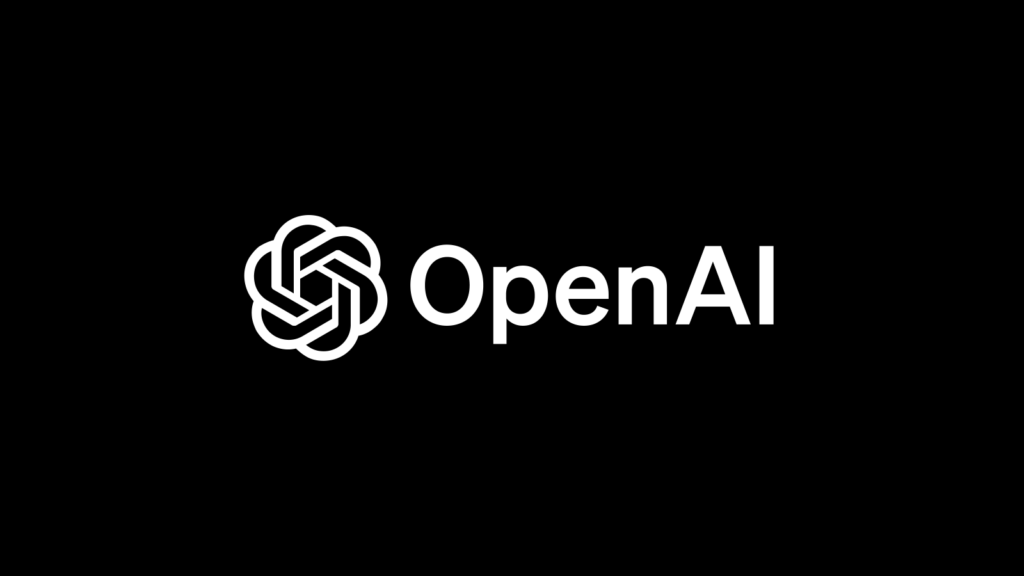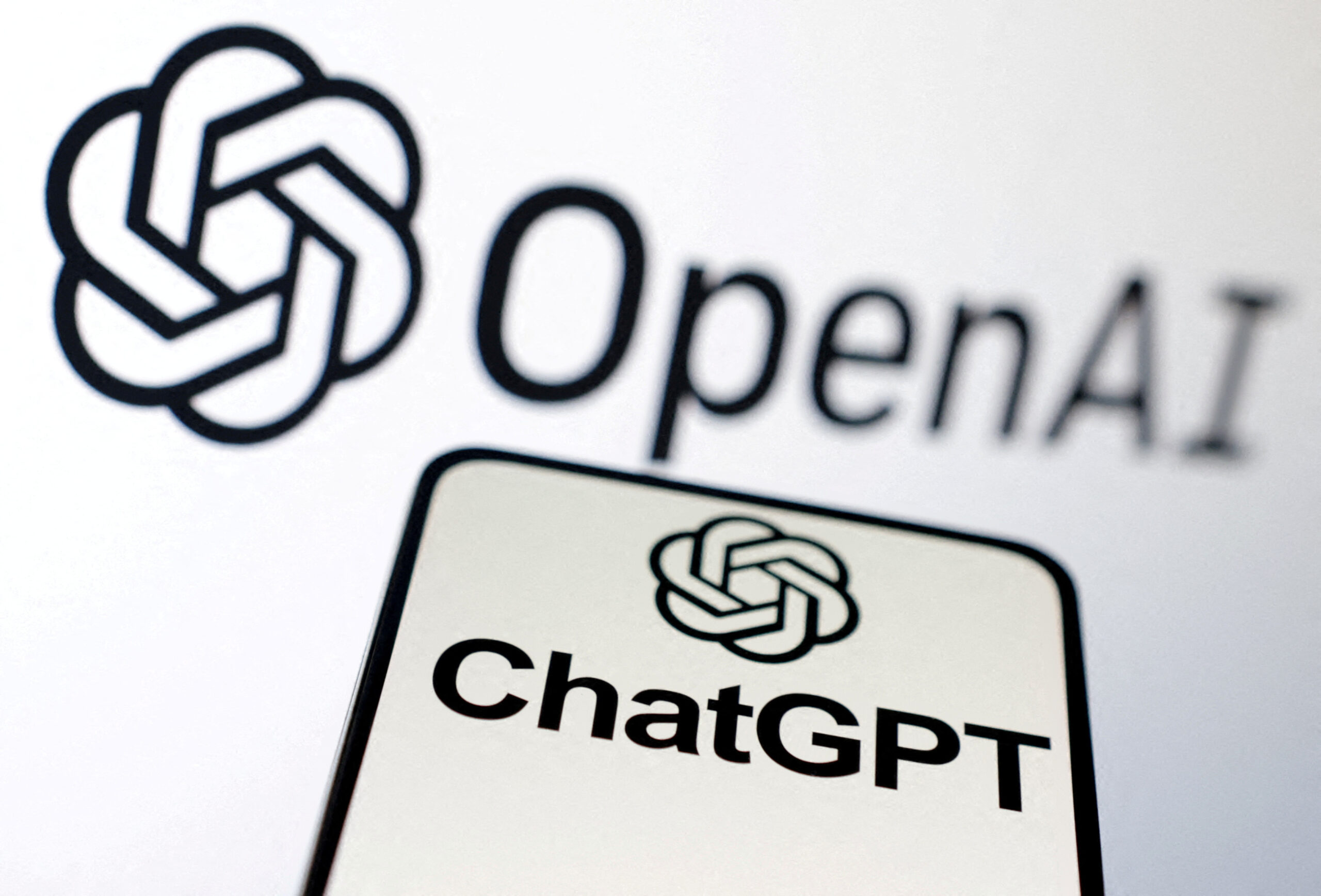Unveiling ChatGPT: This overview delves into the world of ChatGPT, a powerful language model by OpenAI. We explore its ability to generate natural language and comprehend context, discussing both its strengths and limitations. The spotlight is also on OpenAI’s innovative subscription model, designed to enhance user experiences within the realm of artificial intelligence.
ChatGPT?

ChatGPT represents a notable iteration in the realm of generative AI, functioning as a versatile tool that allows users to input prompts and, in turn, receive AI-generated outputs such as humanlike images, text, or videos. Drawing parallels to the familiar automated chat services seen on customer support websites, ChatGPT takes interaction a step further. Users can pose questions, seek clarifications, or engage in conversations with the system, showcasing its adaptability in understanding and responding to diverse inputs.
The acronym ‘GPT’ in ChatGPT stands for ‘Generative Pre-trained Transformer,’ elucidating its underlying mechanism for processing requests and formulating responses. The model undergoes training using reinforcement learning, where human feedback plays a pivotal role. Through reward models that rank the efficacy of responses, ChatGPT refines its capabilities. This iterative process contributes to the continuous evolution and improvement of ChatGPT’s language generation and comprehension skills, ensuring that it adapts to a wide array of user prompts and delivers contextually relevant outputs. The dynamic learning loop fueled by human feedback serves as a driving force in elevating ChatGPT’s performance, making it adept at generating responses that align with user expectations and preferences.
Discover 12 best places to visit in Delhi as a tourist….!!
Who created ChatGPT?

Open AI, a company dedicated to advancing artificial intelligence research, introduced ChatGPT to the world in November 2022. The brainchild of a collective of entrepreneurs and researchers, including luminaries such as Elon Musk and Sam Altman, Open AI was established back in 2015. This innovative venture has garnered support from various investors, with Microsoft standing out as a prominent contributor. Notably, Open AI is the creative force behind Dall-E, an AI marvel specializing in transforming text into captivating works of art.
How does ChatGPT work?

ChatGPT operates via its Generative Pre-trained Transformer, a sophisticated system employing tailored algorithms to uncover patterns within data sequences. Originally based on the GPT-3 large language model, a cutting-edge neural network machine learning model representing the third generation of Generative Pre-trained Transformers, ChatGPT taps into vast datasets to craft its responses. In simpler terms, it learns from a wealth of information to generate contextually relevant and meaningful replies.
Designs.ai – Creative work done effortlessly
In its current iteration, ChatGPT employs the GPT-3.5 model, which incorporates a fine-tuning process to refine its algorithm. For those opting for ChatGPT Plus, the system leverages GPT-4, offering a speedier response time and the added feature of internet plugins. GPT-4 stands out for its enhanced capacity in handling more intricate tasks, from describing photos and generating image captions to crafting more elaborate responses, spanning up to a lengthy 25,000 words.
ChatGPT harnesses the power of deep learning, a subset of machine learning, to generate text that closely mimics human language. This is achieved through transformer neural networks, where the model predicts the next word, sentence, or paragraph based on the typical sequence it has learned from training data.
The training process begins with generic data and gradually transitions to more tailored information for specific tasks. ChatGPT initially learns the intricacies of human language by training on a diverse set of online text. Transcripts then come into play, assisting the model in grasping the fundamentals of engaging in conversations.
Human trainers play a crucial role in this process by providing conversations and ranking the responses. The resulting reward models play a pivotal role in determining the best answers. To further refine the chatbot’s capabilities, users can actively participate by upvoting or downvoting responses, using thumbs-up or thumbs-down icons. Additionally, users can offer specific written feedback, contributing to ongoing improvements and ensuring that future interactions become increasingly natural and effective.
How can you access ChatGPT?
Getting started with ChatGPT is easy—just create an OpenAI account. Head over to chat.openai.com, hit “Sign Up,” and either enter your email or log in using your Google or Microsoft account.
Once you’re signed up, simply type your prompt or question into the message box on the ChatGPT homepage. From there, you can:
- Enter a new prompt for a fresh inquiry or seek clarification.
- Generate a new response.
- Share the response with others.
- Express your opinion on the response by using the thumbs-up or thumbs-down option.
- Copy the response for your reference or to use elsewhere.
The Benefits of ChatGPT:
- Conversational Fluency: ChatGPT is excellent at producing responses that sound human, thus interacting with it is more like having a conversation with a person than a machine. Users can converse about a variety of subjects, from simple to sophisticated, thanks to its language proficiency.
- Versatility in Applications: ChatGPT’s versatility is one of its main benefits. It can be used for a number of tasks, including translating languages, creating content, and providing customer service. It is a useful tool in a variety of industries because of its versatility.
- Learning and Adaptation: It can comprehend and react to user inputs efficiently since it has been trained on a variety of datasets. Its efficacy in delivering pertinent and contextually suitable solutions is attributed to its capacity to adjust to various circumstances and comprehend sophisticated language.
- Constant Availability: It is not dependent on pauses or rest periods like its human equivalents. This implies that it may be accessed around-the-clock, giving customers in various time zones constant support and interaction.
The Cons of ChatGPT:
- Lack of True Understanding: It is unable to fully comprehend the content or context of a discussion, despite its ability to produce contextually relevant responses. It functions by applying patterns that it has learnt through training, which might occasionally result in responses that look reasonable but don’t really reflect understanding.
- Sensitivity to Input Phrasing: It is capable of responding differently to even minute modifications in input phrasing. Users may discover that changing the way they phrase their queries yields the desired results, indicating a flaw in the consistency of the model.
- Possibility of Bias: It is susceptible to biases in its training data, just like a lot of AI models. It could unintentionally provide politically heated or biased results, underscoring the significance of continuous attempts to reduce biases in AI models.
ChatGPT represents a significant leap forward in conversational artificial intelligence, showcasing both its strengths and limitations. Its fluency, versatility, and diverse capabilities make it a valuable tool, but it falls short in truly grasping the depth of understanding and being sensitive to input nuances. In a bid to address these challenges, solutions like ChatGPT Plus and various subscription options have been rolled out, providing users with perks like priority access and enhanced experiences. As we navigate the evolving landscape of AI, it’s crucial to weigh the advantages and drawbacks, recognizing that subscription models will play a pivotal role in shaping the future dynamics of AI interactions.

